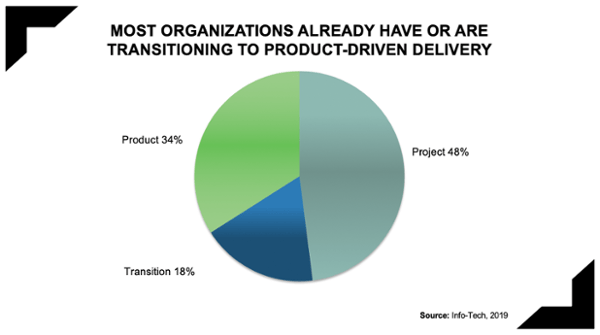Re-defining the role of the Business Relationship Manager in a context of organization’s rapid evolution towards product-centric operating models is increasingly needed. Establishing and clarifying the role of the BRM is not a new topic, it has always been important. However, new industry trends, recent findings from leading research organizations, observations, and my own experience as a BRM urge us to consider other possible venues for the BRM role evolution within organizations moving from a “project” to “product” mindset.

